

|
|
|
These buildings were
purpose built for |
|
|
|
|
Labertouche Airfield was a grass agricultural strip with a log constructed corrugated iron hanger. Prior to opening Labertouche Sport Parachute Centre, the airstrip was improved, a sawdust landing area was prepared, timber packing tables were built, basic country toilets were installed, the area around the aircraft hanger was fenced and a parachute storage area built inside the hanger. By today's standards this was a very basic dropzone but at the time most dropzones in Australia were a country airfield with nothing but the airstrip. In October 1965, the Centre rented a 100 year old cabin 4 kilometres north of the dropzone for bunkhouse accommodation. The house was built of solid, tree trunk size, slabs of timber and had a number of rooms built onto it. Here the jumpers ate huge steaks cooked by Claude's wife Jean and held rowdy parties and Cardinal Puff sessions. At the rear of the cottage was a very tight dropzone and the staff (and some others) often jumped in for lunch. The last staff jump of the day was always into the paddock behind "Slab Lodge" as it was known. Slab Lodge was used as accommodation for the early competition training camps conducted by Claude and Bill. The local farmers saw the jumpers as bringing a touch of colour into their lives and were very supportive of the Centre. They sponsored prizes for the Labertouche Cup each year and brought produce and home cooked biscuits and cakes to Slab Lodge for Jean to share amongst the jumpers. It was a beautiful mountain setting and jumpers often were invited to jump into one of the local farms and have lunch or afternoon tea before being driven back to the dropzone. The Hines farm, a short way from Slab Lodge was the most popular, the Hines family must have had a good Devonshire Tea. The original slab cabin was moved to a nostalgic theme park at Moe, a historic town east of Labertouche. About one year later the Centre leased a building from the Alcorn family. It was 500 metres from the dropzone on Labertouche Road. This building was more than 100 year old and started its days as the first local school. As it was on the proposed driveway to the dropzone, it became known as "The Gatehouse". The Gatehouse had two bunk rooms: one with no gender discrimination that was described as "The Gorilla Pit" and the females only "Bird Sanctuary". A large lounge room with a fireplace, a long dining room with a fireplace and a kitchen. A long outbuilding with toilet, laundry and store rooms was alongside and a large garage that doubled as a classroom when conducting instructor courses, etc. Along the way, the sawdust pit was replaced with pea gravel. The area around the pea gravel and the walkway between the pit and the enclosed grass area were mowed every week and there was a small fenced area for the instructors' telemetres (World War 2, German anti-aircraft binoculars). |
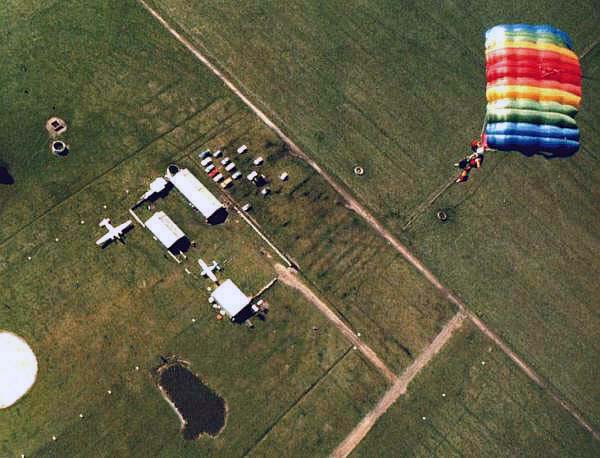 |
|
An early morning shot of a jumper approaching the pea gravel |
|
Two purpose designed buildings were built on the dropzone, containing a packing loft, training rooms, office, snack bar and a large social area with pool table, televisions and table tennis for use during weather downtime and Saturday nights. An ex-military power generator was purchased to provide 240 volt power and light, a large water tank was installed and telephone connections laid for a kilometre to the dropzone. Gravity feed aviation fuel tanks were installed and an enclosure contained ex-German anti-aircraft Telemetres for training and competition. |
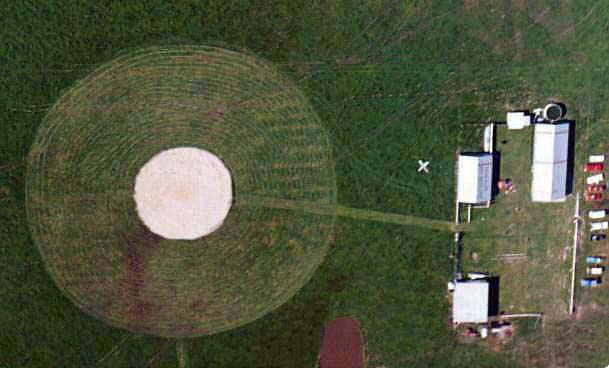 |
|
The dropzone in preparation for a competition |
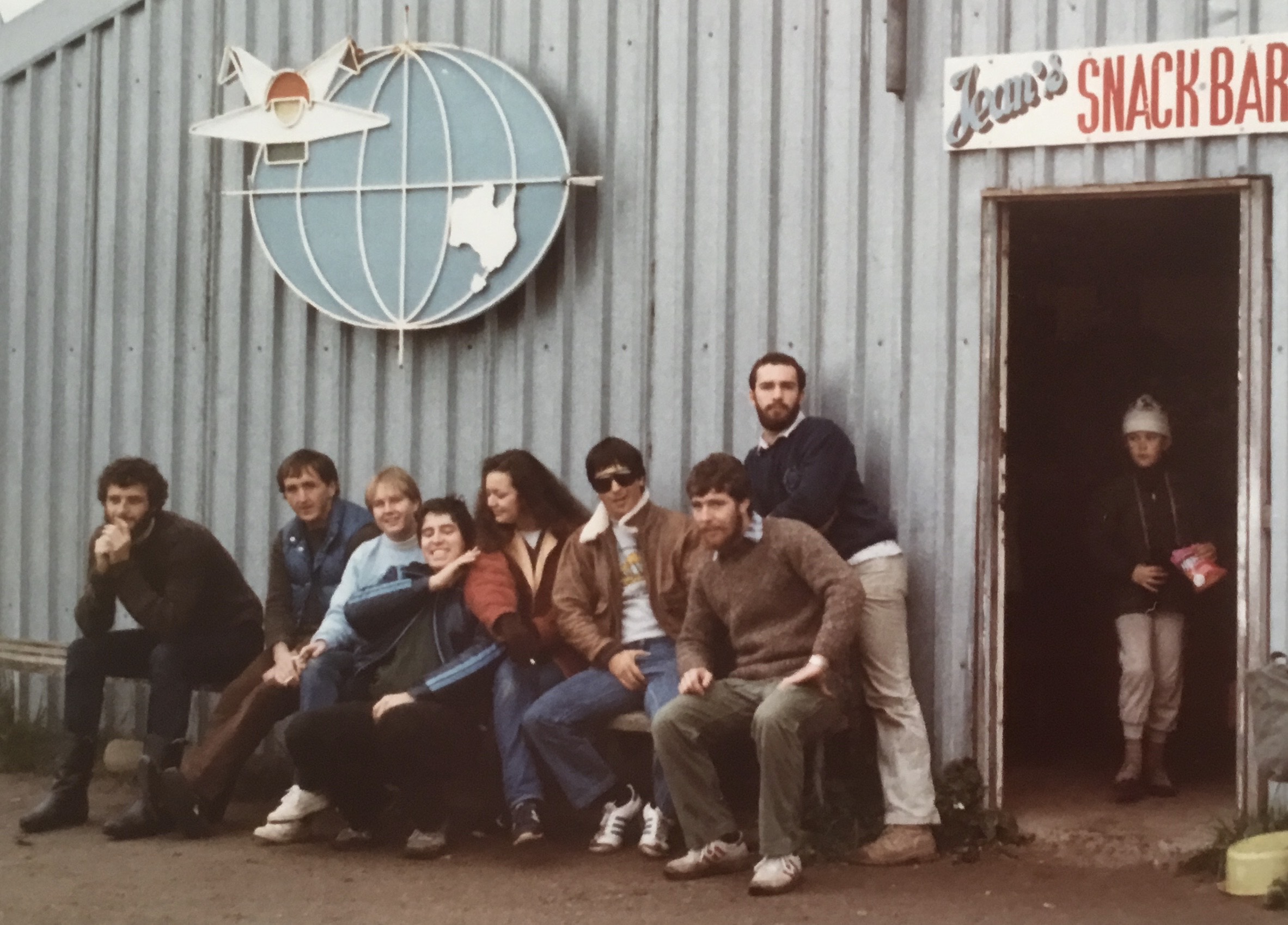 |
|
L to R: Tim Cousins, John Davies, Robyn Phillips, Adam Williams, Linda Hill, Malcolm Corp, Bob Payne, Matthew Hoskins |
|
Jean's Snack Bar was renowned for its hamburgers and steak dinners and on Saturday nights, many Pakenham jumpers drove the 13 miles to Labertouche to have dinner on the dropzone and retire to the Longwarry pub to revel with the Labertouche jumpers. |
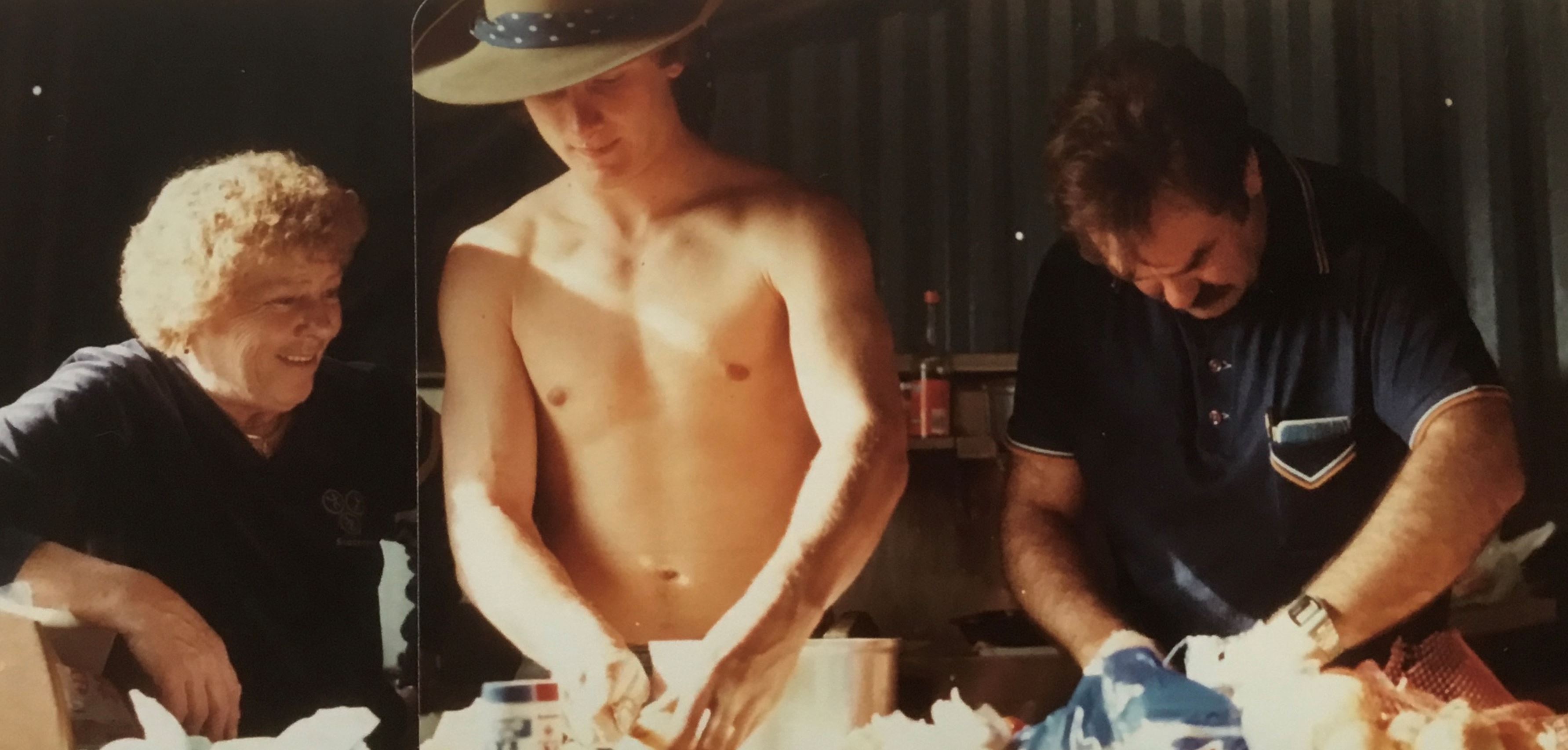 |
|
Jean Gillard supervising Dave Simon and Colin Holt preparing food for a Saturday night dinner |
|
The toilets were upgraded to a large septic tank system and while these were more than adequate for normal jump days, even with bush additions and extra toilets brought in, the sewage system was pushed to the limit when National Championships or Boogies were hosted. Legend has it that when asked by a visitor at a National Championships "How is the dropzone operating?", Claude answered, "That depends on whether you came to jump or to shit!" Whether that is true or not, it may have had some influence on the fact that when Claude was building the National Sport Aviation Centre at Wangaratta, the first building constructed was a $220,000 toilet and ablutions block. Parachute wise, the parachute loft boasted everything from sewing needles to a harness sewing machine, pleasant staff, some of the most desirable jumpships and was just a great venue to spend a memorable weekend. |
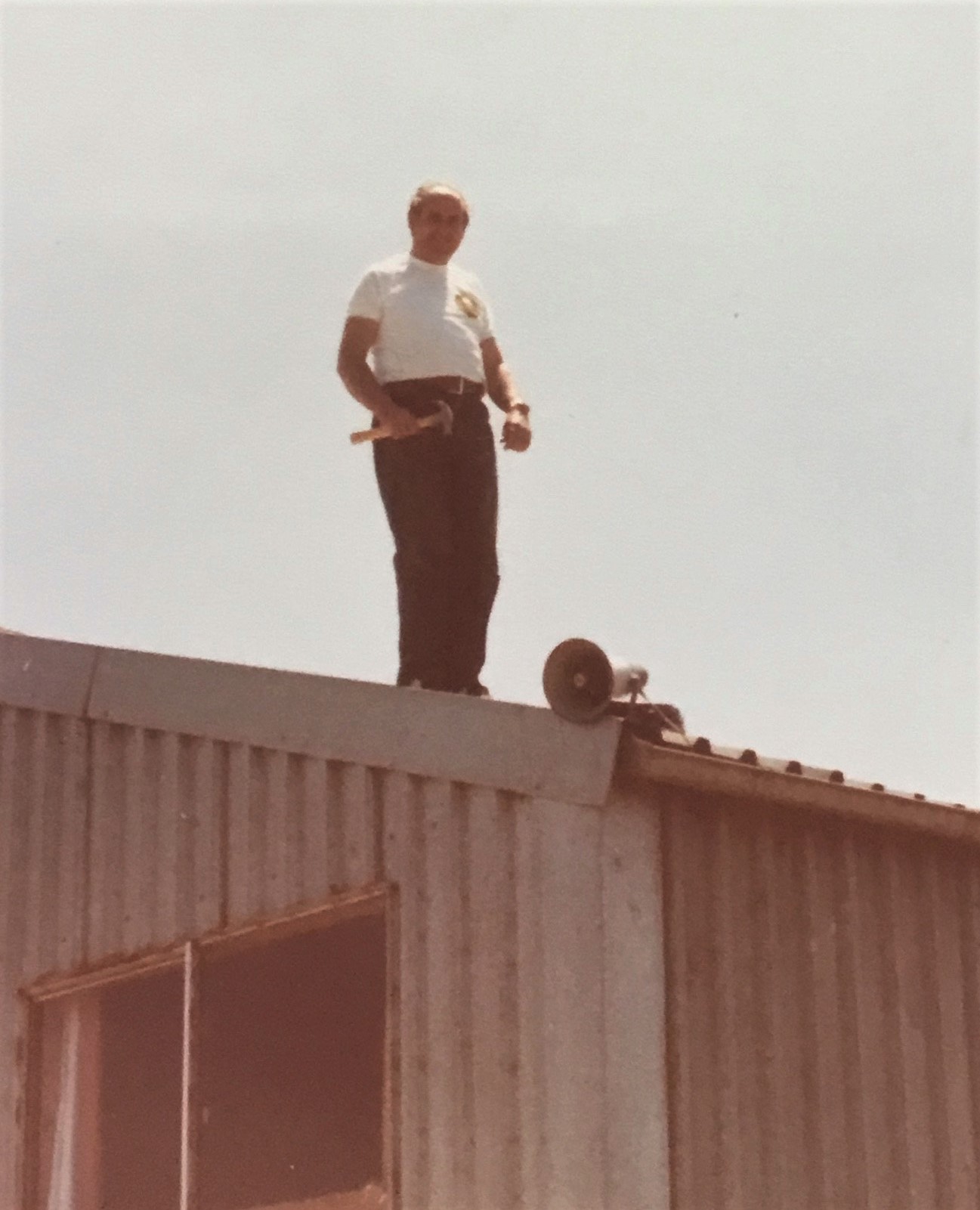 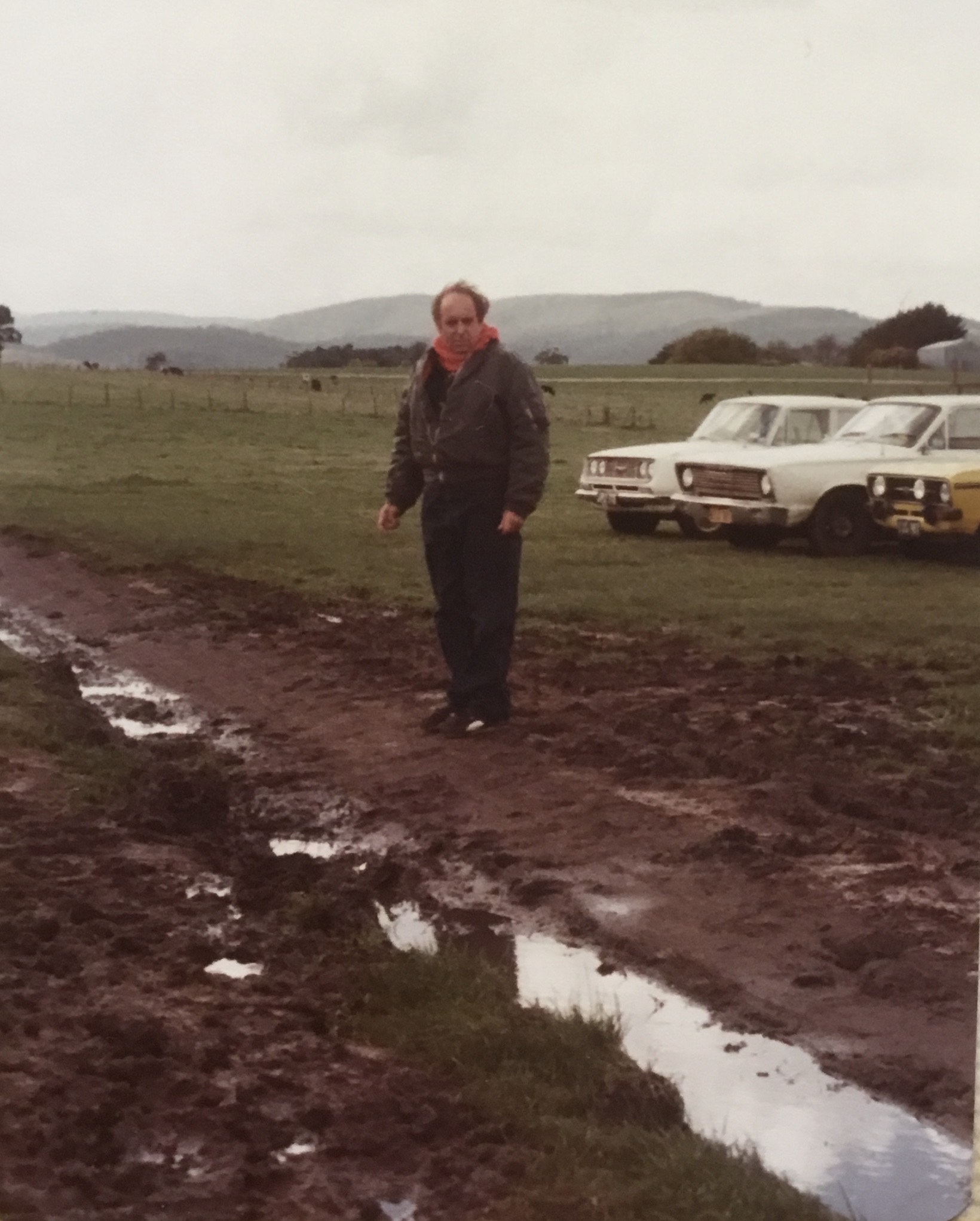
|
|
Tribute
Home
Synopsis
Drop Zone
Aircraft
Pilots
Equipment
Jumpers
Students
Staff
|